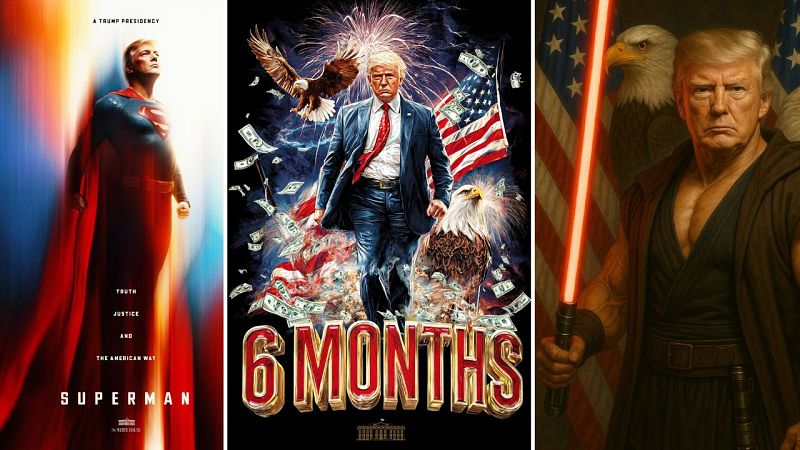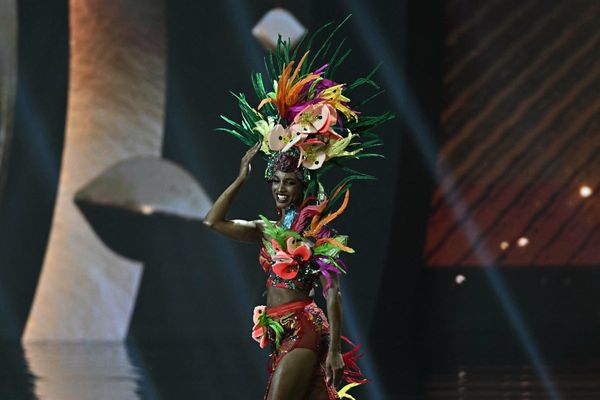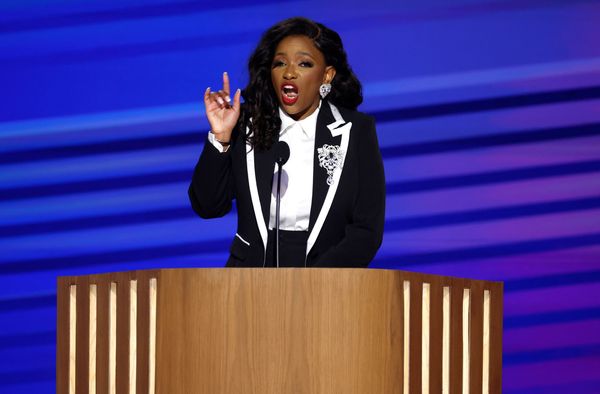
The FBI arresting Barack Obama in the Oval Office. The devastated Gaza Strip turned into a luxury seaside resort. Donald Trump as the next Pope, a jedi, Superman or in Sydney Sweeney’s American Eagle jeans.
If you have been online in recent months (chronically or no), chances are that you have come across these AI-generated images.
More often than not, the images are not only posted by obscure social media accounts with 12 followers but also by the president and his closest allies.
Even the White House’s official accounts, which are passed down from one administration to the next, are joining in.
Under Trump 2.0, American government officials and institutions have adopted a communication style that heavily relies on AI-generated comedic visuals and often diverts pop culture to ridicule political adversaries and marginalised groups.
As a result, the Donald Trump has become the world’s troller-in-chief.
Desensitise, demonise, dehumanise
In the lead-up to the 2016 US presidential election already, humour emerged as a strong bonding agent in online alt-right communities.
Memes like Pepe the Frog became rallying symbols for a political fringe that found its messiah in Donald Trump.
Sophisticated generative AI models have now taken meme production one step further. They offer a myriad of new possibilities “to create manipulated and fictional content to target political enemies,” Kurt Sengul, a researcher at Macquarie University in Australia, tells Euronews Culture.
Preferred objects of mockery include women, the LGBTQ+ community, racial minorities and immigrants. Researchers found that AI-generated visuals depicting members of these marginalised groups attempt to demonise and dehumanise them.
Immigrant men tend to be portrayed as scary monsters while women see their weight and age-related features distorted in a traditionally unattractive fashion.
“Humour can be a way of disciplining and alienating those who are seen as Others”, says Sengul, whose research focuses on the political communication of far-right populism.
In March, the White House’s official X account announced the arrest of alleged undocumented immigrant Virginia Basora-Gonzalez.
The account later shared a Ghibli-style AI-generated image of Basora-Gonzalez crying while in handcuffs.
The move prompted outrage. “This is far beneath the Presidency,” one X user wrote in a post liked 4,000 times.
However, many Trump supporters loved it.
“Whoever runs this account deserves a raise,”, one person wrote, while another posted: “This is phenomenal. If you're here illegally, this can happen to you. Don't come here illegally. Don't be the next cartoon!”
Why so serious?
While the Trump administration entertains its base with fictionalised content, real policies unfold.
During his 2024 campaign, Trump said he would carry out “the largest mass deportation in US history.” Thousands of people have been deported since January 2025, some to countries that are not their own and where they face potential human rights abuses.
“The arrests will continue. The memes will continue,” White House press aid Kaelan Dorr wrote on X shortly after Basora-Gonzalez’s arrest.
“The key ingredient to this online soup is extremism: from nativism to racial science to casual neo-Nazism and textbook misogyny,” Nathan Taylor Pemberton wrote in a recent column for the New York Times.
Generative AI is the latest tool that allows Trump’s anti-woke visual humour to go always further while creating an ecosystem where nothing is serious. If you get upset, it’s because you are “humourless and 'can’t take a joke',” Sengul explains.
Elon Musk’s short stint as the de facto head of the Department of Government Efficiency (DOGE, itself a meme reference) might have helped bring this AI-powered comedic pop culture into the White House.
Musk founded his own AI company in 2023, which owns X’s AI chatbot Grok. His apparent Nazi salute was also responsible for one of the first “memeified” moments of Trump’s second term.
For Sengul though, “this is a case of the chicken or the egg.”
“The online far-right’s memetic warfare and use of humour was well underway before Elon Musk’s pivot towards Trump and MAGA,” he says.
Glorifying Trump
In this ecosystem, Trump is the king. When he does not use AI memes against his adversaries, he represents himself as a jedi or, most recently, Superman.
AI-generated visuals allow Trump “to construct a superhuman persona which portrays him as an idealised leader with extraordinary In qualities,” according to Noureddin Yeilaghi and Yi Mou from the Shanghai Jiao Tong University
The US president seems to inspire others. Leaders like Argentina’s Javier Milei and El Savador’s Nayib Bukele have also used AI to depict themselves as superheroes.
In Europe, far-right parties like Germany’s Alternative für Deutschland have not waited Trump to push narratives of foreign invasion thanks to AI.
Whether the Trump administration eventually grows tired of this tasteless humour or keeps pushing comedic boundaries, one thing is certain: We’ve been trolled.







